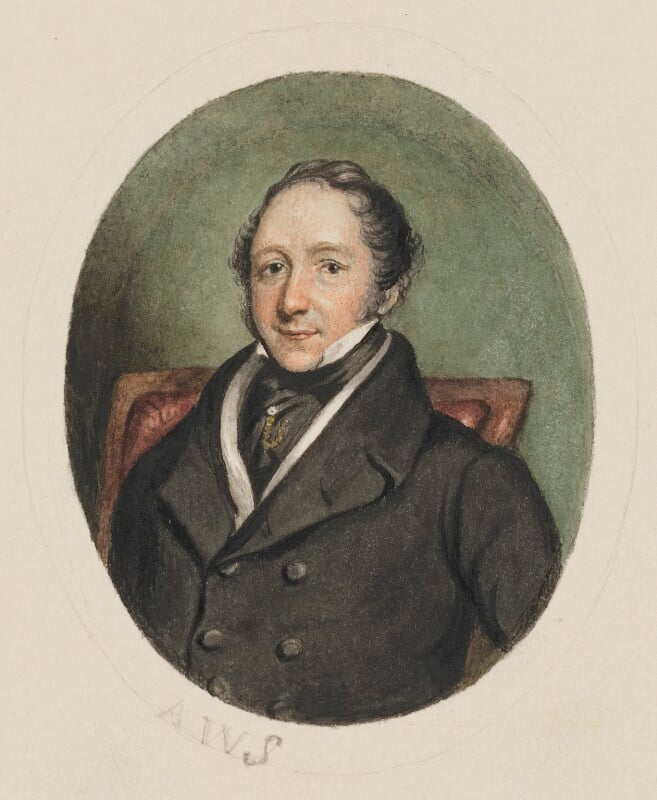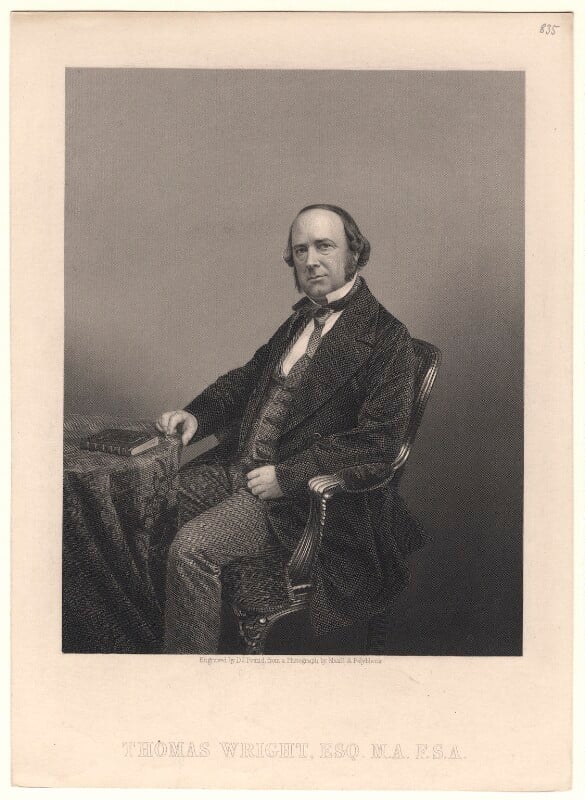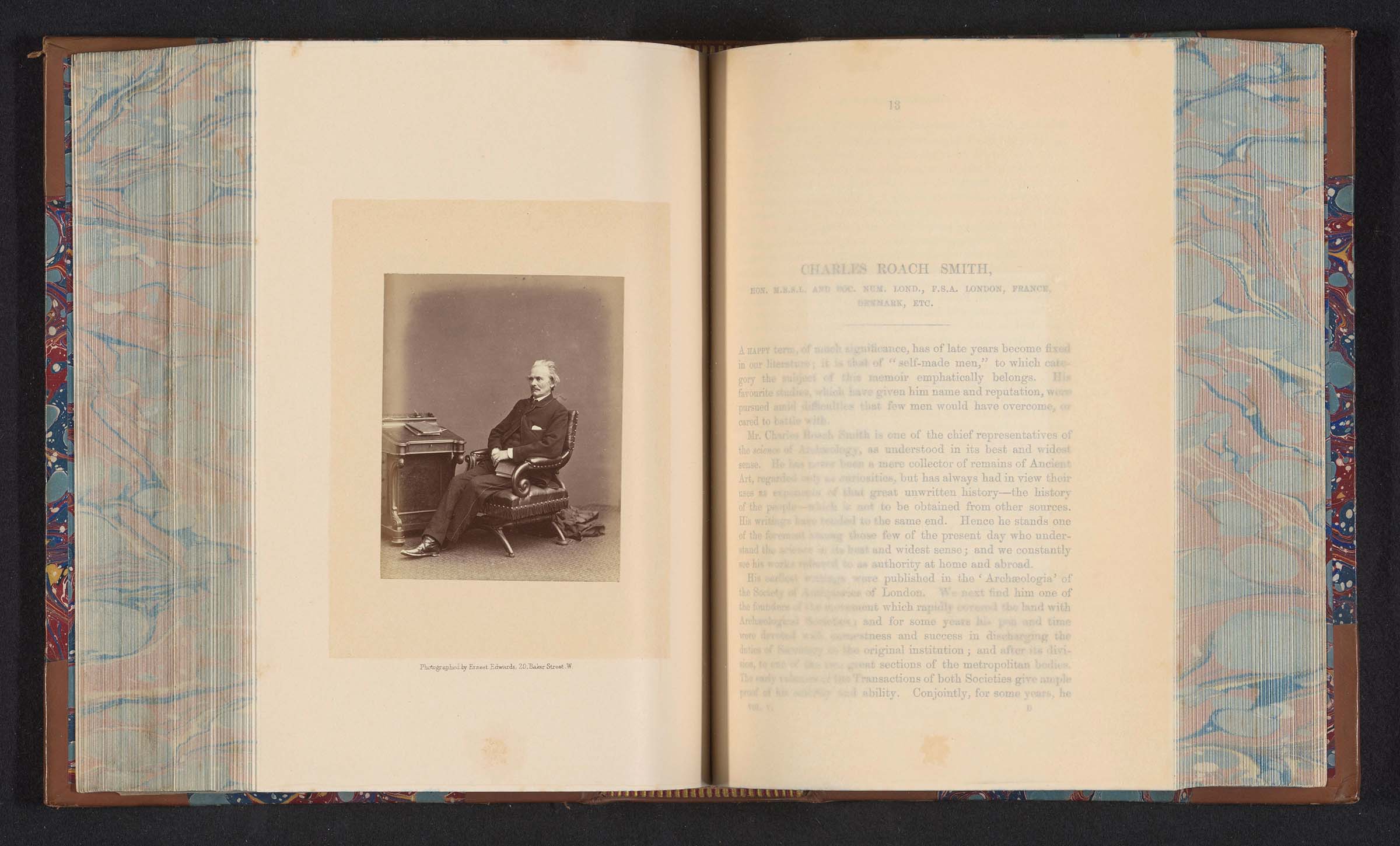The British Archaeological Association was founded in 1843 by Charles Roach Smith, Thomas Wright and Thomas Joseph Pettigrew, to encourage the recording, preservation, and publication of archaeological discoveries, and to lobby for government assistance for the collection of British antiquities. All three men were Fellows of the Society of Antiquaries of London but felt the older body was too aristocratic, too London-focused and lacked the campaigning vigour required. The naming of the new body was symbolic: ‘British’ referred to the campaign for a museum of British Antiquities, Archaeological differentiated their field from older antiquarian methods and Association had reformist, even revolutionary, overtones. Smith became its first secretary and arranged the first six annual congresses. Although he remained one of the secretaries until 1851, he had effectively resigned the post in 1849.

(image courtesy of NPR.org.uk)

(image courtesy of NPR.org.uk)

One of the aims of the Association was to promote dialogue between self-identified experts and local archaeologists, to be achieved through the organization of an annual congress, along the model of the French Congrès Archéologique or the annual meetings of the British Association for the Advancement of Science. The first meeting was held in Canterbury in 1844. The site, with its magnificent cathedral, had obvious appeal and was close to the seat of the Association’s first President, Lord Albert Conyngham (1805-1860). The Canterbury Congress occasioned the dispute which led to a split and the formation of the Archaeological Institute. The public reason for the feud was the publication by Thomas Wright of The Archaeological Album, or, Museum of National Antiquities (1845), a commercial publication from which Wright drew profit. This infuriated Oxford publisher John Henry Parker, who was to have been the publisher of the official proceedings. Behind the scenes, however, the dispute had other dimensions, both social (all the founders of the BAA were ‘tradesmen’, the seceding members of the AI considered themselves to be socially superior) and religious (the Oxford Chronicle of 16 August 1845 suggested that the dispute had acquired Tractarian/anti-Tractarian overtones). The AI has continued to flourish – the distinction between the two societies today relates more to their areas of interest and they now enjoy cordial relations, with members of each society entitled to attend the meetings of the other.
The nineteenth-century passion for archaeology meant that both the BAA and the AI (later the RAI) flourished, although the earlier society retained the reputation for enthusiasm rather than elegance. By 1905, however, the BAA had reached a low ebb. The congress, held in Bath, made no money, the journal was delayed and many members were in arrears. The custom had emerged of electing as President a dignitary from the locality in which the next Congress was to take place. In 1905, the mayor of Reading was elected, to preside over a Congress in the same town. However by the time the Congress took place, local landowner and former High Sheriff of Berkshire, Charles Edward Keyser, had become President. Keyser remained President until his death in 1929.
During the middle years of the twentieth century, the BAA became particularly associated with Anglo-Saxon archaeology, a field which was flourishing with many exciting excavations including the Sutton-Hoo ship burial, discovered by Rupert Bruce-Mitford in 1939 and the Anglo-Saxon city and cathedral of Winchester, dug by a team led by Martin and Birthe Kjølbye-Biddle between 1961 and 1971. The same years saw a reform of the Association to make it more ‘professional’ – this was led by (Sir) David Wilson from the Department of British and Medieval Antiquities at the British Museum, with the support of MP Sir Eric Fletcher and the honorary editor of the Journal (1951-74), Irene Scouloudi. As well as the British Museum link, the BAA developed close ties with the Courtauld Institute during this period, in particular via the medievalists George Zarnecki and Peter Kidson. Their students were encouraged to join the Association, giving it a new strength in the areas of medieval sculpture and architecture, which has continued to the present day.
The annual conference was revived in 1975 with the encouragement of the then Secretary, Richard Gem. The first of the new series was held at Worcester with the specific aim of stimulating new research into the medieval art and architecture of a significant centre. Since then, the Association has held an annual conference at a centre of established importance in the medieval period, usually in the British Isles with occasional excursions to mainland Europe, collating the results of recent research on major cathedrals, minsters and abbeys and including visits to places of relevant interest. The conference proceedings are published as the British Archaeological Association Conference Transactions.
The last 20 years have seen a significant expansion in the Association’s activities. The substantial legacy left to the Association by Maud Lilian Ochs endowed a scholarship fund, and the BAA now awards scholarships to a total of £7,000 annually to postgraduate students in the later stages of writing up their research. A series of study days, again primarily aimed at students (for whom places are free), was launched in 2008, while in 2010 John Osborn gave the Association the funds that enabled it to embark on a series of International Romanesque conferences. These are organised thematically and are held biennially in April.
downloadable version
This history of the BAA, written by Dr Alexandrina Buchanan, can also be downloaded as a Word document.
Past presidents
- 1843 Lord Albert Conyngham
- 1850 James Heywood, Esq.
- 1851 Sir Oswald Mosley, Bt.
- 1852 The Duke of Newcastle
- 1853 Ralph Bernal, Esq.
- 1855 The Earl of Perth and Melfort
- 1857 The Earl of Albemarle
- 1858 The Marquis of Ailesbury
- 1859 The Earl of Carnarvon
- 1860 Beriah Botfield, Esq.
- 1861 Sir Stafford H. Northcote, Bt.
- 1862 John Lee, Esq.
- 1863 The Lord Houghton
- 1864 George Tomline, Esq.
- 1865 The Duke of Cleveland, K.G.
- 1866 The Lord Boston
- 1867 Sir Charles Rouse Boughton, Bt.
- 1868 The Earl Bathurst
- 1869 The Lord Lytton
- 1870 Chandos Wren Hoskyns, Esq.
- 1871 Sir William Coles Medlycott, Bt.
- 1872 The Earl of Dartmouth
- 1873 The Duke of Norfolk
- 1874 Kirkman D. Hodgson, Esq.
- 1875 The Marquess of Hertford
- 1876 The Earl of Mount Edgcumbe
- 1877 Sir Watkin Williams-Wynn, Bt.
- 1878 The Earl of Hardwicke
- 1879 The Lord Waveney
- 1880 The Earl Nelson
- 1881 The Very Revd Lord Alwyn Compton
- 1882 The Duke of Somerset, K.G.
- 1883 The Earl Granville, K.G.
- 1884 The Lord Bishop of St Davids
- 1885 The Duke of Norfolk, K.G.
- 1886 The Lord Bishop of Durham
- 1887 Sir James Allanson Picton
- 1888 The Marquess of Bute, K.T.
- 1889 The Earl of Winchilsea and Nottingham
- 1891 The Marquess of Ripon, K.G.
- 1892 The Lord Bishop of Llandaff
- 1893 The Earl of Northbrook
- 1895 The Duke of Sutherland, K.G.
- 1896 Col. Sir Walter Wilkin
- 1897 The Lord Mostyn
- 1898 The Lord Bishop of Peterborough
- 1899 Marquess of Granby
- 1901 Dr Thomas Hodgkin
- 1902 Lt-Col. Clifford Probyn
- 1903 R. E. Leader, Esq.
- 1905 M. J. Sutton, Esq.
- 1906 Charles E. Keyser, Esq.
- 1930 Francis Weston, Esq.
- 1938 Dr A. H. Thomas
- 1944 Dr Rose Graham
- 1951 Lawrence Tanner, Esq.
- 1957 Dr John F. Nichols
- 1960 Dr Eric G. M. Fletcher
- 1963 Sir David M. Wilson
- 1968 T. S. R. Boase, Esq.
- 1971 Professor D. E. Strong
- 1974 Cecil Farthing, Esq.
- 1977 Professor Peter Lasko
- 1980 Professor Peter Kidson
- 1983 Dr Richard D. H. Gem
- 1989 Laurence Keen, Esq.
- 2004 Dr Nicola Coldstream
- 2007 Peter Draper, Esq.
- 2010 Professor Lindy Grant
- 2013 Richard Halsey, Esq.
- 2016 Professor Sandy Heslop
- 2019 Professor Julian Luxford
Support the BAA
The BAA seeks to fulfil its charitable purposes by supporting research and scholarship, but we can only meet our aims thanks to endowments.
Please consider making a donation. Every little helps.
To discuss anything to do with donations, please contact the Hon. Secretary or Hon. Treasurer. You can also download the gift aid form below if relevant.